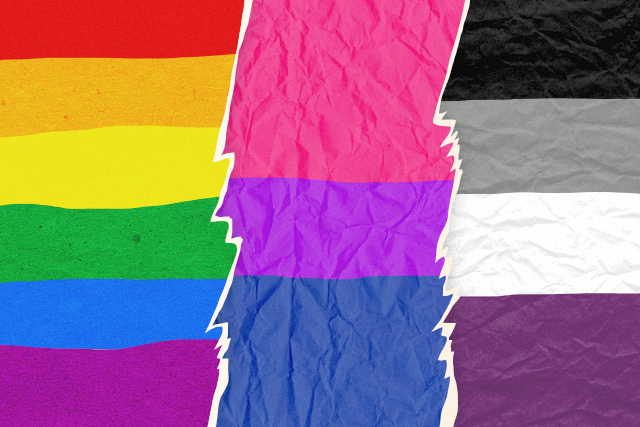
While scrolling through Twitter last week, I saw that Oreo tweeted support for the LGBTQ+ community. The tweet showed a cookie with various-colored cream in the middle. I was only familiar with the rainbow combo, which is the universal symbol for Pride Month. But netizens also pointed out that it’s missing the colors of the lesbian flag.
This OREO goes out to everyone celebrating Pride Month. pic.twitter.com/3BIWM78k6j
— OREO Cookie (@Oreo) June 22, 2018
Then it hit me: They all have individual flags and I think people should know about them. This is also for those who may not be aware that there’s a symbol that represents their identity. So here’s a rundown of the different flags and the history behind them.
Lesbian flag
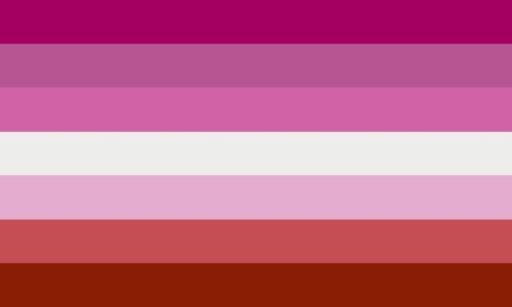
The lesbian flag has different variations. One has seven colors consisting of pink, white, and red. According to Odyssey, this represents the “lipstick lesbians” or homosexuals that have a more feminine gender expression.
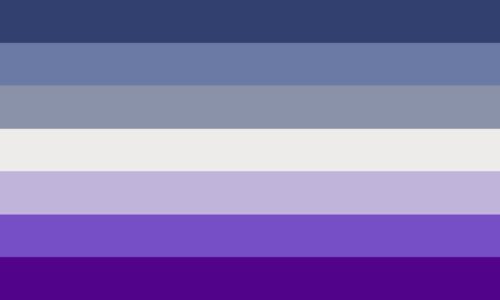
There’s no official flag for the butch lesbians (those with more masculine gender expression) yet but Pride Flags on DeviantArt designed one with shades of blue and purple.
Bisexual flag
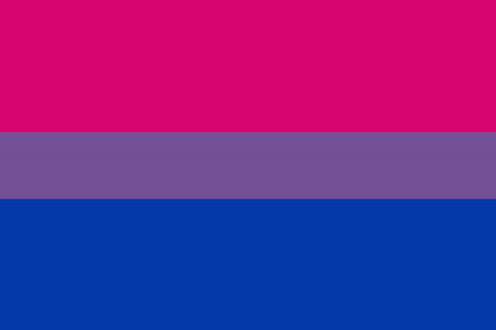
Designed by Michael Page in 1998, he wanted to “increase the visibility of bisexuals” with a symbol of their own. The colors—pink, blue, and purple—comes from the “bi angles” symbol which are pink and blue triangles overlapping to create a purple color in the middle.
Transgender flag

There are several versions of the transgender flag, but the most common is the one designed by Monica Helms in 1999. The flag has light blue, pink, and white horizontal lines. “The stripes at the top and bottom are light blue, the traditional color for baby boys. The stripes next to them are pink, the traditional color for baby girls. The stripe in the middle is white, for those who are intersex, transitioning or consider themselves having a neutral or undefined gender,” Monica explained. “The pattern is such that no matter which way you fly it, it is always correct, signifying us finding correctness in our life.”
Pansexual flag

Pansexuality is defined as “a person [who] can love not only the traditional male and female genders, but also transgendered, androgynous, and gender fluid people.” To further emphasize that it’s different from bisexuality, the pansexual flag’s colors represent the different spectra they identify with. The blue portion is for those who identify as male, regardless of biological sex; pink is the female identity; and yellow, which is placed in the middle of the two, represents non-binary attraction.
Asexual flag
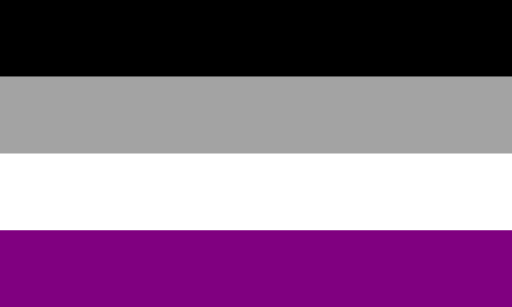
Asexual people have no sexual feelings for either gender. The Asexuality Archive notes that the flag was first selected and used in 2010. They explain that each color on the flag represents asexuality (black), gray-asexuality and demisexuality (gray), non-asexual partners and allies (white), and community (purple).
Aromantic flag
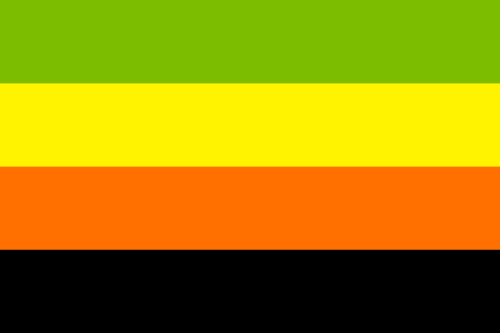
Meanwhile, aromantics are people who don’t experience romantic attraction. There are two known flags under this spectrum. The first has four colors: green (the opposite of red, which is the symbol for romance), yellow (friendship), orange (gray-romantics), and black (rejecting traditional ideas of romance).

The second flag has five colors: green (aromantic), light green (the aro spectrum), light yellow (lithromantic or someone who “can feel romantic attraction towards others and also enjoy being in romantic relationships but only in theory”), gray (demiromantic), and black (WTFromantic).
Non-binary or genderqueer flag
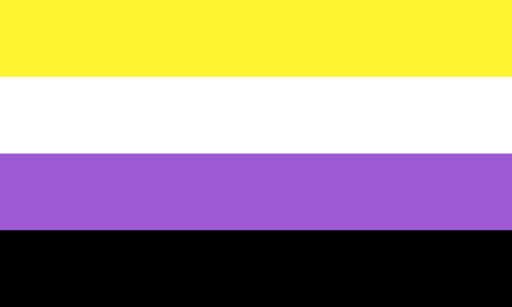
People under this umbrella don’t exclusively identify as masculine or feminine, and often goes against gender binary norms and cisnormativity. For non-binary, the flag has yellow, white, purple, and black colors.
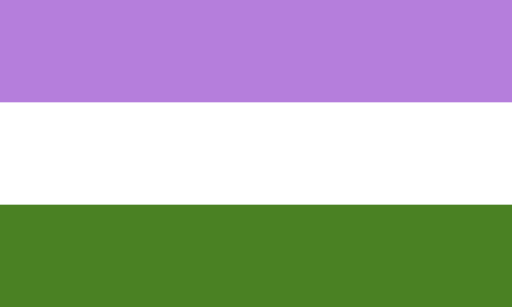
As for the genderqueer flag, Nonbinary Wiki cites that it was designed by Marilyn Roxie. The colors include lavender (mixture of traditional masculine and feminine colors, represents androgyny), white (agender), and dark chartreuse green (inverse of lavender, represents “third gender” identity).
Intersex flag

The Intersex Society of North America defines this as a person who is “born with a reproductive or sexual anatomy that doesn’t seem to fit the typical definitions of female or male.” Hence, they used yellow and purple on the flag as they are “regarded as the hermaphrodite color.” There’s also a circle in the middle which symbolizes wholeness and “the right to be who and how we want to be.”
Art by Marian Hukom
Follow Preen on Facebook, Instagram, Twitter, YouTube, and Viber
Related stories:
LGBT terms we’re not getting right
How to live the values of Pride Month every single day
The 6 best LGBTQ vloggers you should be watching right now
Show off your LGBTQ+ pride from head to toe


